The drawing master
Many good books are published about Australian art, but few change the way we see and understand it. When Andrew Sayers’ Aboriginal Artists of the Nineteenth Century appeared in August 1994, it immediately did that, as the critic Bruce James was quick to recognise. In his arts round-up for the year, published in The Age, James observed that ‘a whole new field was created at a stroke’ by Sayers’ book. A little over twenty years later, its impact reverberates through general histories of Australian art, museum displays and exhibitions, and artistic practice. Unusually for Australian art history, the effects of this book have also been deeply personal. A careful, considered, study of drawings, rich in ideas, information and images, Aboriginal Artists retains its freshness and power.
Continue reading for only $10 per month. Subscribe and gain full access to Australian Book Review. Already a subscriber? Sign in. If you need assistance, feel free to contact us.



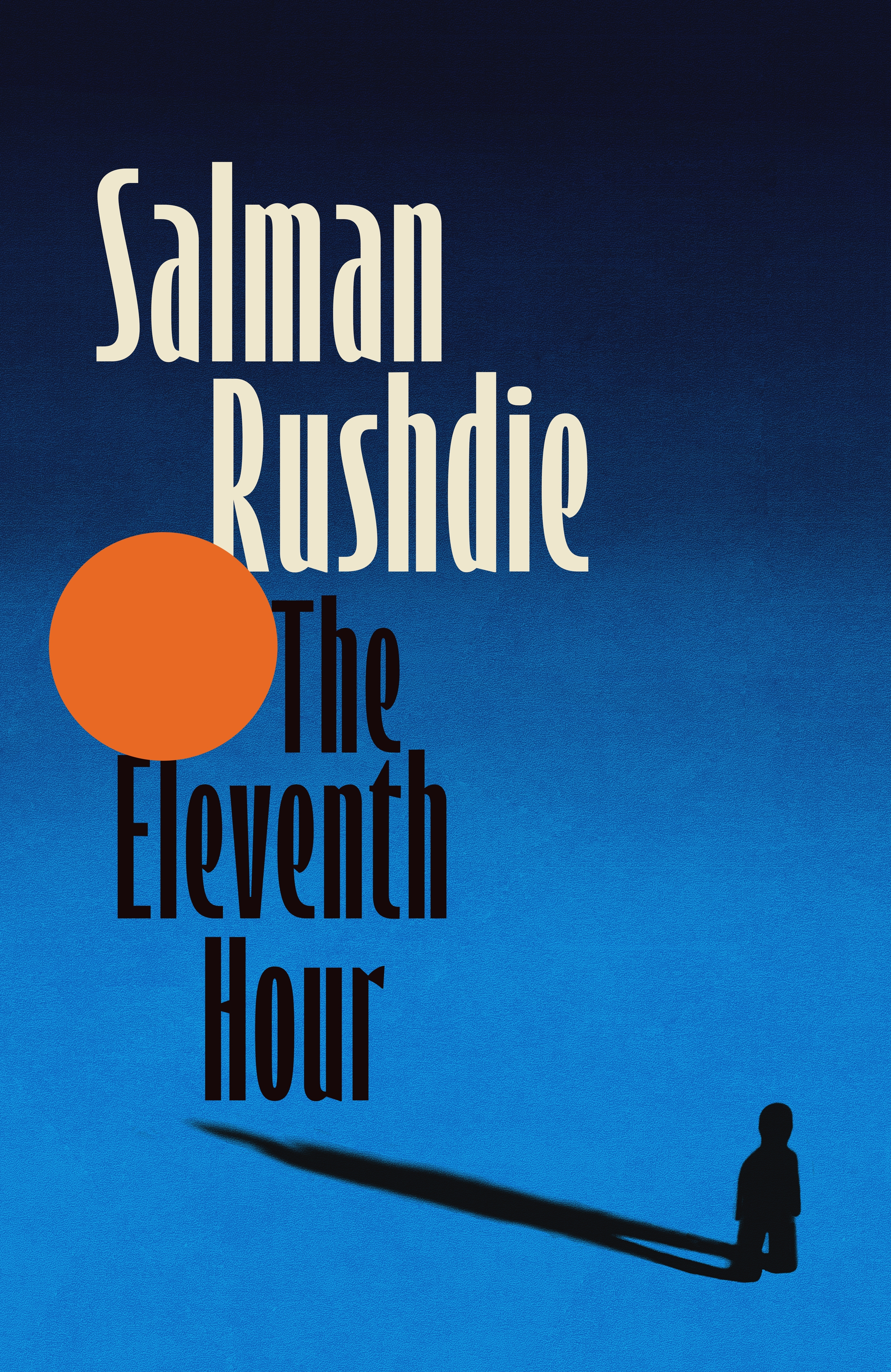
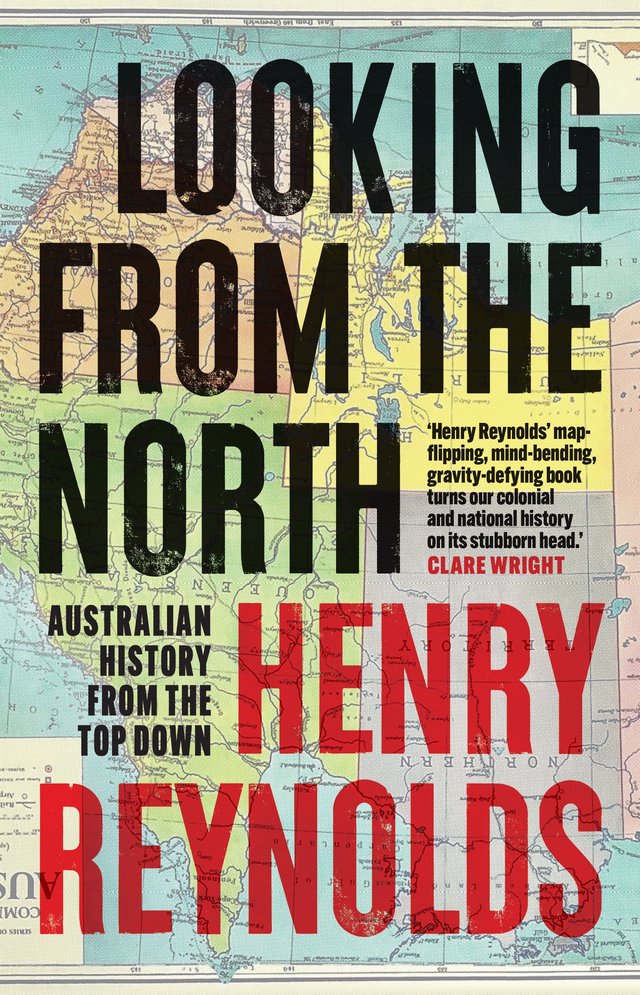
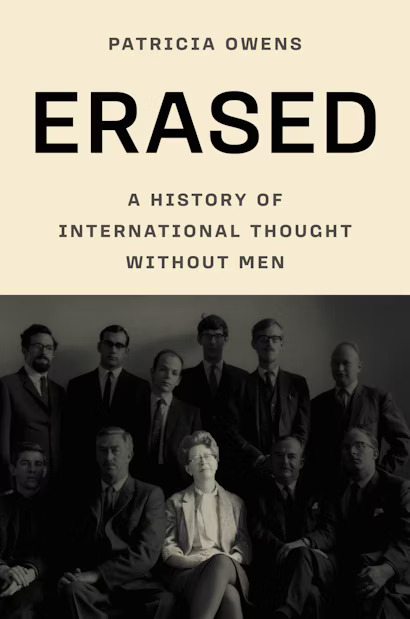
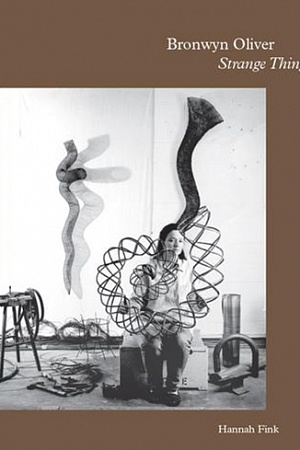
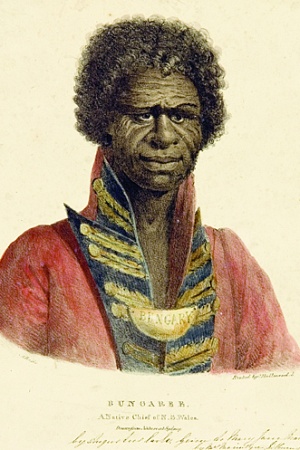
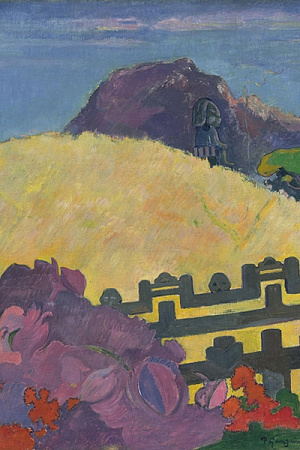
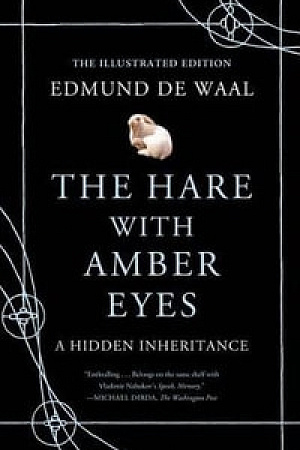
Comment (1)
Leave a comment
If you are an ABR subscriber, you will need to sign in to post a comment.
If you have forgotten your sign in details, or if you receive an error message when trying to submit your comment, please email your comment (and the name of the article to which it relates) to ABR Comments. We will review your comment and, subject to approval, we will post it under your name.
Please note that all comments must be approved by ABR and comply with our Terms & Conditions.